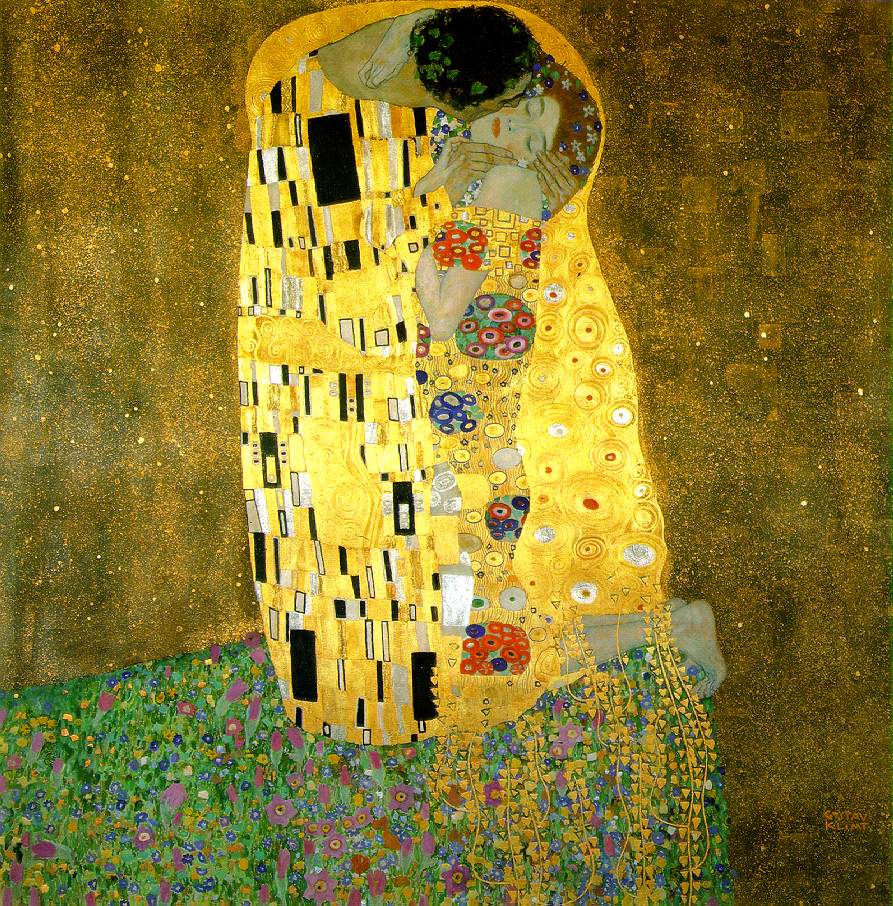Hi, today I would like to share my understanding of Adolf Loos’s case. Urmph, wait... how about the Secessionist? What the Loos and Secessionist contribute in art and design? What is the impact of these two to the art movement today?
From my understanding about the Loos’s movement, there is a little doubt about it. It gives many impact to the modern architect and artists. Thank toLoos because he had influenced his influenced in industrial buildings, clothing and households furnishing. Credit to Loos because many European architect had his influence in their architecture works, the style..such as Frank Lloyd Wright. As we know that he is one of the important pioneers of modern architecture early-20th century. He also opposed the decorative art Nouveau movement and he also culminated in a short essay with title ‘Ornament and Crime’. In this essay, he said that a sign of spiritual strength shows in the lack of ornament in architecture. It was a criminal and not for abstract moral seasons because of the wasted materials in modern industrial civilization. The ornament is no longer an important manifestation of culture because the workers could not be paid fair price with their labour.
The Loos's works and architecture buildings :


The Loos's works and architecture buildings :


Moreover, the Loos were also contribute to the Industrial Design field because he expressive his works using natural materials such as manipulated classical materials into a composition of visual patterns like marbles, wood, mirror and onyx. It gives sporadic, personal and not always very serious in tone.
I also read an essay briefly describe about Adolf Loos. It says here,
" There is little doubt that Adolf Loos had a profound impact on many modernist architects and artists. For example, many European architects were particularly influenced by his style and theory. This can be seen in that Frank Lloyd Wright "....credited Loos with doing for European architecture what Wright was doing in the United States".
However, there were many criticisms and objected to his stark and austere style because all his style and theories generally can be found in the modernist movement.
Unlike the secessionist, this kind of movement is more towards to political and they describe themselves as separatist independence, separatist independence or describe as decolonization movement. The secessionist brings another form of modernism visual arts because it combined together the Symbolist, Modernists, Stylists and Naturalists. The chairman was Gustav Klimt and this movement was actually representing younger generation protest and against the traditional art. In secessionist they were no longer connected with more realistic naturalists. In the late Art Nouveau, they represent the high-point in the decorative phase.
The Klimt's works andpaintings :


The Klimt's works andpaintings :


The secessionist also state a phrase,
“To every age its art and to art its freedom”.
In secessionist too they want to create a new style which nothing owed by the traditional or historical influence. All the art works featured highly decorative works in the late Art Nouveau.




